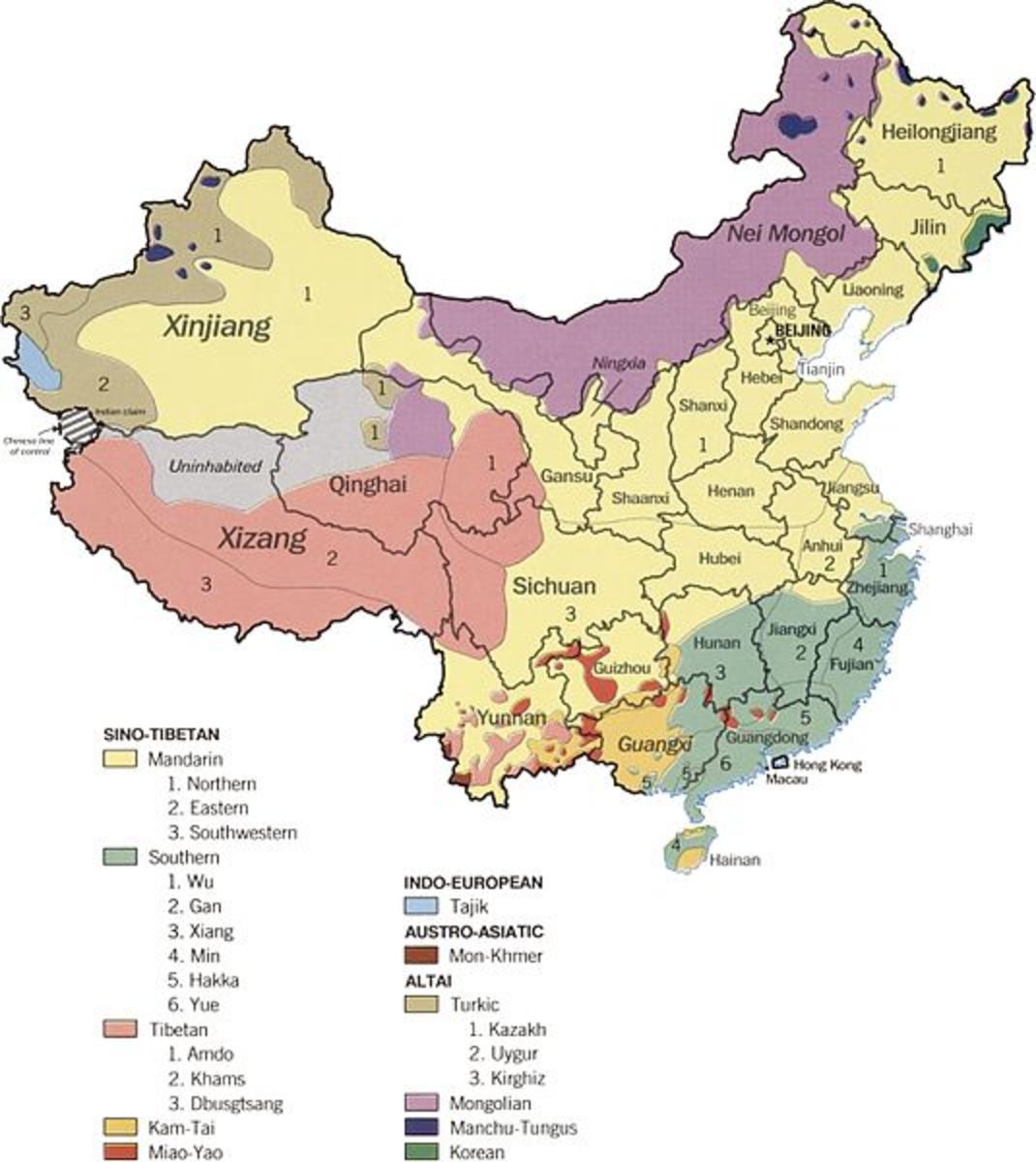Mastering Chinese Pinyin
Learning Chinese pinyin is one of the challenges that a person faces while learning Chinese Language. It is considered as one of the most important and at the same time, the difficult part of Chinese Language. No doubt that learning pinyin is a plus point while learning Chinese Language; it helps in reading the Chinese properly. Those who are learning Chinese from the scratch feel pinyin more convenient than the characters, because pinyin helps in pronouncing as well as reading the word. This article will give you the best handy tips to learn Chinese pinyin. By using these magical tricks, you will definitely feel confident in using pinyin in your daily life.
Pinyin written with Chinese charachters

Tones are the most important part of the pinyin. The four tones in Chinese are used more efficiently in pinyin. Pinyin is very handy in the progressive learning of the Chinese Language. Chinese characters are rather more difficult both in term of writing and reading as well. Though, the use of tones in pinyin makes it a bit tricky. All four tones are totally different and change the meaning of the same word. For example, the word “ma” will have different meanings when used with vary tones. So, it is one of the toughest parts of learning pinyin, to use to right tone for the right word.
Read aloud
Reading the pinyin loudly helps a lot in making the pronunciation easier. Reading loudly helps in determining where you lack and what part you are not reading properly, it is just like your self-test. Repeat the words many times so as to memorize it and correct you mistakes on the spot. Reading will also help you practice the correct pronunciation of tones. Read few words first, then sentences, then small passages and then the columns. Soon you will be able to read a whole book in Chinese pinyin easily and almost flawlessly.
Chinese pinyin is very important and helpful in reading and speaking the Chinese proficiently. Reading the pinyin with correct tones makes the pronunciations considerably better. So if you qualify in learning pinyin properly, you are half way in your journey to master the Chinese Language. There are some people who do not take Chinese pinyin seriously and do not consider it important. But you will realize yourself that learning pinyin is very advantageous while learning Chinese Language.

Listen to some Chinese content
Listening has always been important in learning any Language, same goes with Chinese Language. Listen some part of Chinese every day and try to understand what the person says. For example, listen to a Chinese song while keeping the lyrics at front, or ask your taxi driver to switch on the radio and try and understand what RJ says. Also, try and be a part of some Chinese gatherings where you’ll be able to listen Chinese in different voices. This way you will notice how the person is pronouncing each word and you automatically start learning it. Listen does wonders in learning Chinese Language and soon you will find yourself learning pinyin effectively.
Write regularly
Now, writing. Chinese pinyin requires writing the words many times and regularly in order to remember the tones and the spellings of the words. Writing magically boost up language skills and at a faster rate. So, write some sentences daily and revise them the next day and then advance with some new sentences. Revision is very important to keep the previously learnt words in memory. Test yourself weekly to see how much you have learnt and where do you need to concentrate more.

Interact with Chinese people
It is very important to apply what you have learnt. And the best way to apply Chinese Language is to interact with Chinese people. Speaking to others gives you two benefits at the same time; you can test your own learning as well as learn from the person you are talking to. Always keep a notebook with you and write any new word that you come across with and then learn it. So make some Chinese friends and spend some time with them and soon you will start feeling confident in using Chinese in your daily life.
Now, it depends on you that how honestly and regularly do you follow the above tips. Reading is not enough; it’s time to act now. If you truly follow the tips for no more than three month, you will surely notice that your pinyin has progressed greatly. Good Luck and happy learning!
In a nutshell, the best way to major in pinyin is, practice a lot. The more you practice, the better you will learn. Practice both, writing pinyin, in order to learn the tones and then reading it to make your pronunciation clear and understandable. Once you will get command in using the tones properly, things will get easier for you. There is a proper way to pronounce each tone in speaking Chinese and as I have written before, they change the meaning of the word as well. So, practicing writing and reading pinyin is the best way to grab the pinyin.










